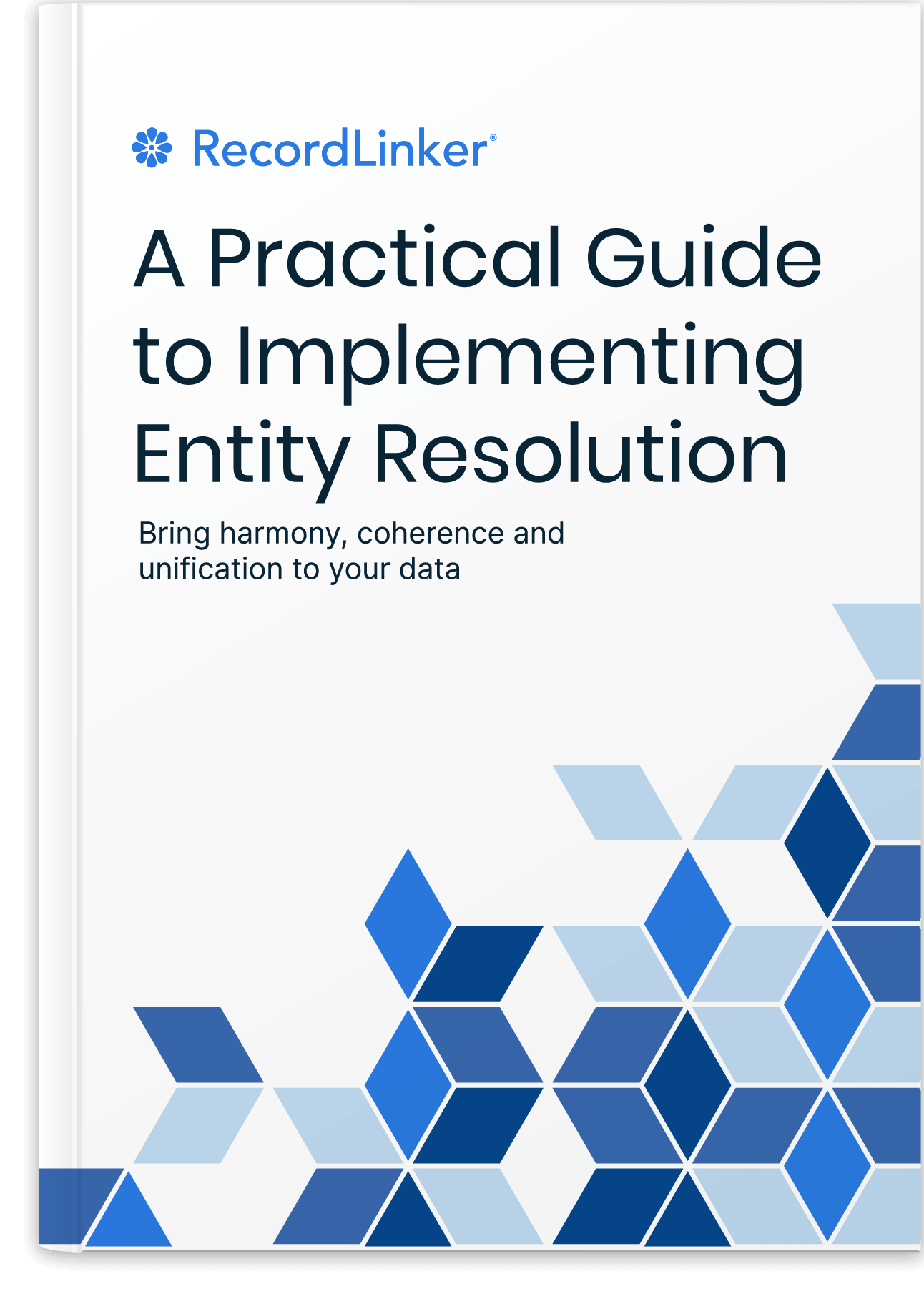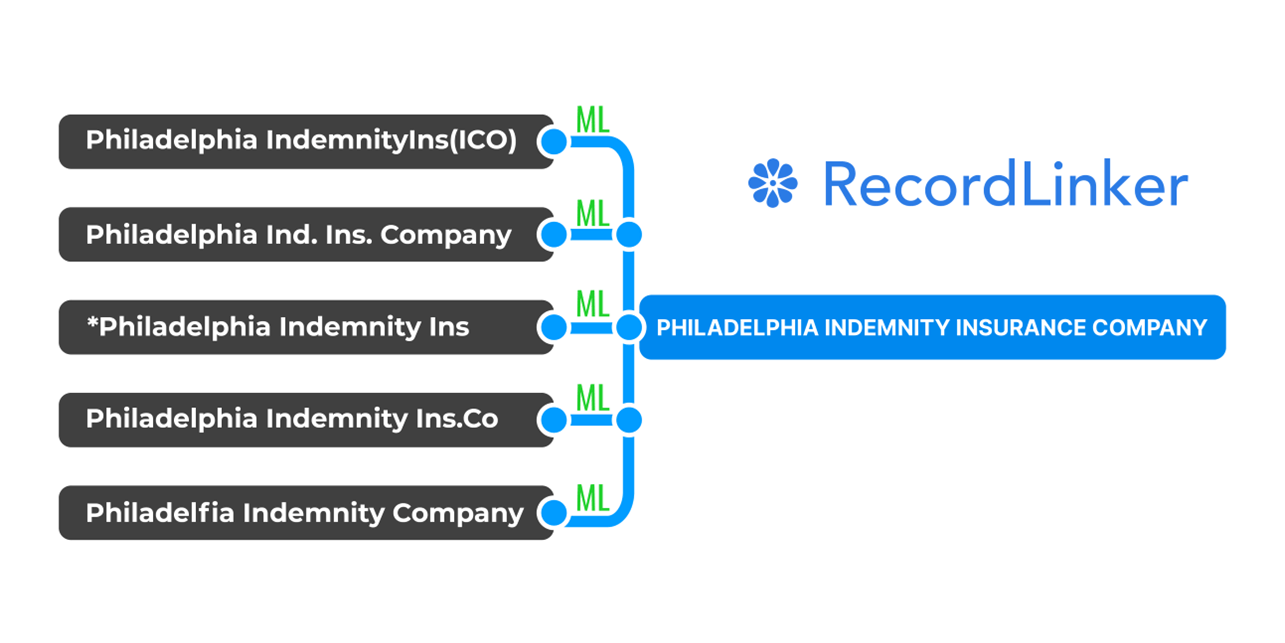Employee Master Data Management: Benefits and Challenges
In today’s fast-paced and dynamic business world, managing employee data effectively is more critical than ever. Employee Master Data Management (MDM) can help organizations maintain a centralized, accurate view of employee data, avoiding inefficiencies, errors, and delays.
In this article, we explore the benefits of implementing employee MDM, such as improved data quality, increased efficiency, and reduced costs. We also discuss the challenges organizations face when implementing employee MDM, such as lack of data governance, complexity of data, poor data quality, resistance to change, and security and compliance concerns.

No matter which way you look at it, your employees are your most important asset, and that means keeping track of employee data is crucial to your organization’s success.
Employee master data management (MDM) is a process and technology that provides a single, 360-degree view of every employee. This means having all employee data in one system that can be accessed and used by all departments within your organization.
Too often, employee data ends up in silos, with different departments logging information using different formats and systems. This makes it difficult to get a complete view of an employee, and can lead to errors and inefficiencies.
Implementing employee master data management is an effective way to avoid these problems and retain a centralized, accurate view of employee data.
Benefits of Employee Master Data Management
Taking charge of employee data has wide-reaching benefits for any organization. Not only does it help your organization operate more efficiently; it can also improve employee satisfaction and even help your bottom line.
Improved Data Quality
When all employee data is stored in one place, it’s easier to keep track of changes and ensure that data is accurate. This is important for routine yet crucial operations like payroll and benefits administration.
For example, consider what happens when an employee changes their address. If each department uses a different system, the HR department might not know that the employee has moved, and the payroll department might still be sending checks to the old address. This can lead to errors and delays in payments.
With employee MDM, the HR department can update the address in the system, and the payroll department will automatically have the correct address.
Increased Efficiency in the HR Department
In many organizations, the HR team members are bogged down with paperwork and manual processes. Tasks such as onboarding new employees and updating employee records take up a lot of time, and can be prone to error.
Free Book: Practical Guide to Implementing Entity Resolution
Interested in implementing an in-house record matching solution with your own development team without using any outside vendors or tools?

Employee MDM can automate many of these processes, freeing up HR staff to focus on more strategic tasks such as employee retention and engagement.
Reduced Costs and Reclaimed Lost Value
Of course, implementing a new master data management system requires an initial investment of time and resources. But over the long term, it can actually save you money.
The more spread out and disorganized your data is, the more time-consuming and expensive it is to maintain. Over time, these costs may start to have a significant impact on your budget. In other words, you’ll be paying good money to sustain a system that is only causing inefficiency and frustration.
With employee master data management, you can reduce these costs by consolidating your employee data into one system. This long-term cost savings can be significant, and can free up budget to reinvest in other areas of your business.
Better Decision Making
With a complete view of employee data, you can make more informed decisions about important matters like succession planning and workforce management. You’ll be able to easily identify high-performing employees and assess skills gaps.
Improved Employee Experience
In many companies, asking employees to update their personal information leads to frustration and wasted time. It often requires employees to go through multiple channels or contact different departments.
Master data management can create a simple self-service model to replace this experience, by providing a centralized view of employee data that employees themselves can update, with appropriate privacy and security measures in place.
Employees retain control over their own data and avoid having to spend time contacting with various teams and colleagues about changes to their personal information.

Challenges of Employee Master Data Management
Mapping out and implementing employee master data management is not without challenges. Here, we round up some of the most common pitfalls and discuss how to address them.
Lack of Data Governance
One of the most common challenges organizations face with employee master data management is a lack of data governance.
Data governance is the process of defining and enforcing policies and standards for managing data.
Without data governance in place, it can be difficult to maintain data quality and integrity. This can lead to errors and inaccuracies in employee data.
To avoid this, it’s important to put data governance policies and procedures in place before implementing employee master data management. This will help ensure that data is managed effectively and that accurate and consistent employee data is maintained.
Make sure your data governance policies cover topics like data quality, data ownership, data security, and data retention. And, be sure to involve all relevant stakeholders in the data governance process, including IT, HR, and business users.
Complexity of Data
Another challenge organizations face with employee MDM is the complexity of data. Employee data can be nuanced, with many different types of data points that need to be managed. This can make it difficult to create a single, 360-degree view of an employee.
To overcome this challenge, it’s important to have a robust data management solution in place. This solution should be able to handle the complexity of employee data and provide a single view of an employee. It should also be scalable and flexible to accommodate future changes in employee data.
Poor Data Quality
Another common challenge with employee MDM is a lack of data quality. This can happen when employee data is spread across multiple systems, making it difficult to keep track of changes and updates. This can lead to errors and inconsistencies in employee data.
To overcome this challenge, it’s important to have a data quality management strategy in place. This strategy should include processes and tools for cleansing, enriching, and governing employee data. This will help ensure that employee data is accurate and up-to-date.
A number of software vendors offer data quality management solutions. When evaluating these solutions, look for features like data cleansing, data enrichment, data quality assessment, and data governance.
Resistance to Change
Change can be difficult for any organization, and employee master data management tends to require significant changes to processes and systems. This can lead to resistance from employees and other stakeholders.
To overcome this resistance, it’s important to communicate the benefits of employee master data management and how it will improve processes and the employee experience. It’s also important to involve all those impacted by change in the implementation process. This will help ensure that everyone is on board with the changes and that the transition goes smoothly.
Lack of Data
Another challenge organizations face with employee master data management is a lack of data. In some cases, organizations don’t have complete or accurate data on their own employees.
To start fleshing out employee data, it’s important to first identify what kind of data is needed and then put processes in place to collect it. This data can come from a variety of sources, including employee self-service, HR systems, and time and attendance systems.
Once you have complete and accurate employee data, you can then start to build a single, 360-degree view of each employee. This view should include all relevant data points, such as contact information, job title, and start date.
Large organizations may find it difficult to maintain complete and accurate employee data. In these cases, it may be necessary to partner with a data management solution provider. These providers can help organizations with data collection, quality, and governance.
If your employee data is spread across disparate systems, establishing a canonical record set supported by a record linkage solution is crucial to even dream about complete employee profiles.
If your organization suffers from particularly neglected data spread across many systems, you may try to link all that by employing machine learning and building your own flexible data linkage solution.
Security and Compliance Concerns
Another common challenge with employee master data management is security and compliance. Employee data is sensitive and confidential, so it’s important to have security measures in place to protect it. This includes things like access control, data encryption, and activity logging.
During the recent pandemic, many organizations expanded the types of data they collect from employees, leading to concerns about how that data is stored and used.
When implementing your new system, you’ll need to consider security and compliance from the start. This will help ensure that your employee data is protected and that your organization is compliant with relevant regulations.
Most master data management software solutions offer built-in security features, but it’s important to understand how these work and what they cover. Be sure to read the security documentation for your chosen solution and put the appropriate security measures in place.

Employee Master Data Management Wrapped Up
When you start out small, it’s easy to assume your employees’ information will always be readily available and up-to-date.
After all, how many people can you have working for you at one time? But as your company grows, the task of managing employee master data becomes more challenging. Suddenly, you have to contend with different departments, locations, and employee roles.
There are many benefits to implementing an employee master data management system. By having a central repository for employee information, you can ensure that everyone has access to the right data, right when they need it.

Interested in improving the quality of your data, but don’t have the time or resources to create a master data management program from the ground-up?
RecordLinker is here to help. Our data integration and management platform can quickly connect your disparate data sources, identify and deduplicate records, and keep your data clean and up-to-date.


